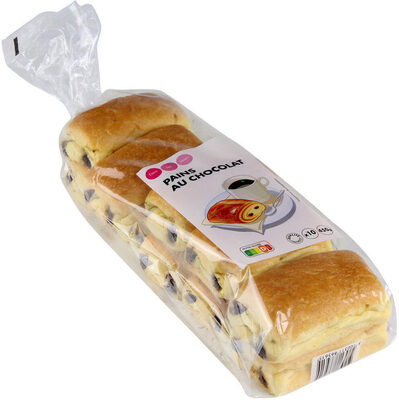Assortiment de bonbons - Tous les jours - 720 g
This product page is not complete. You can help to complete it by editing it and adding more data from the photos we have, or by taking more photos using the app for Android or iPhone/iPad. Thank you!
×
Some of the data for this product has been provided directly by the manufacturer casino.
Barcode: 3700311865813 (EAN / EAN-13)
Common name: Assortiment de bonbons durs acidulés, tendres et fourrés
Quantity: 720 g
Brands: Tous les jours
Labels, certifications, awards: fr:Aucun
Countries where sold: France
Matching with your preferences
Environment
Packaging
Transportation
Threatened species
Other information
Conservation conditions: A conserver à l'abri de la chaleur et de l'humidité
Recycling instructions - To discard: Film individuel acidulé et striés, Film individuel fourré et Film individuel tendre et caramel et sachet
Report a problem
Data sources
Product added on by kiliweb
Last edit of product page on by org-casino.
Product page also edited by casino, casino-off, openfoodfacts-contributors, teolemon, yuka.U0x3aUVJa2FyT2hXeDhVeDNqcmE4ZTVOL2M2eVdqT0ZLYkpCSVE9PQ.






